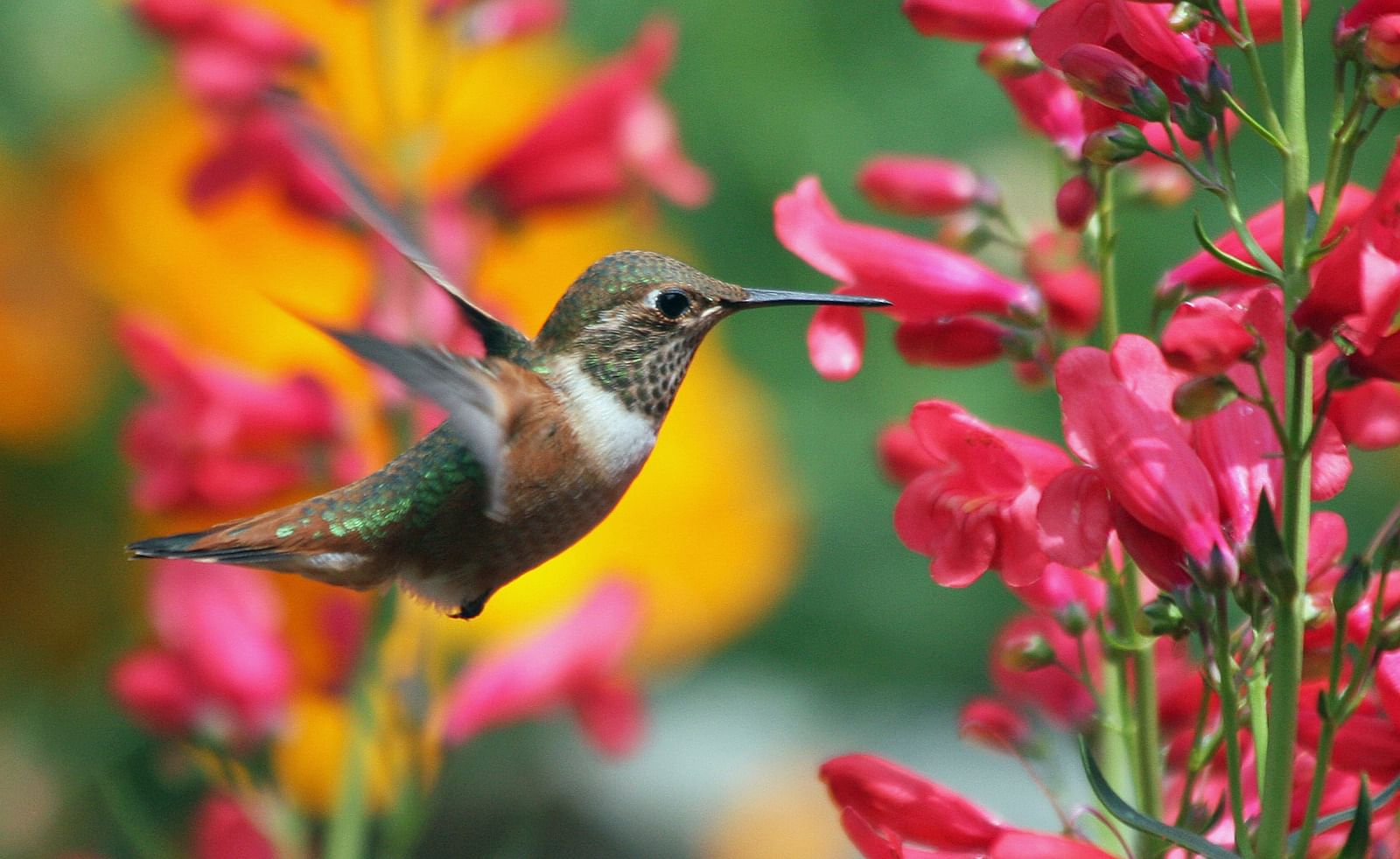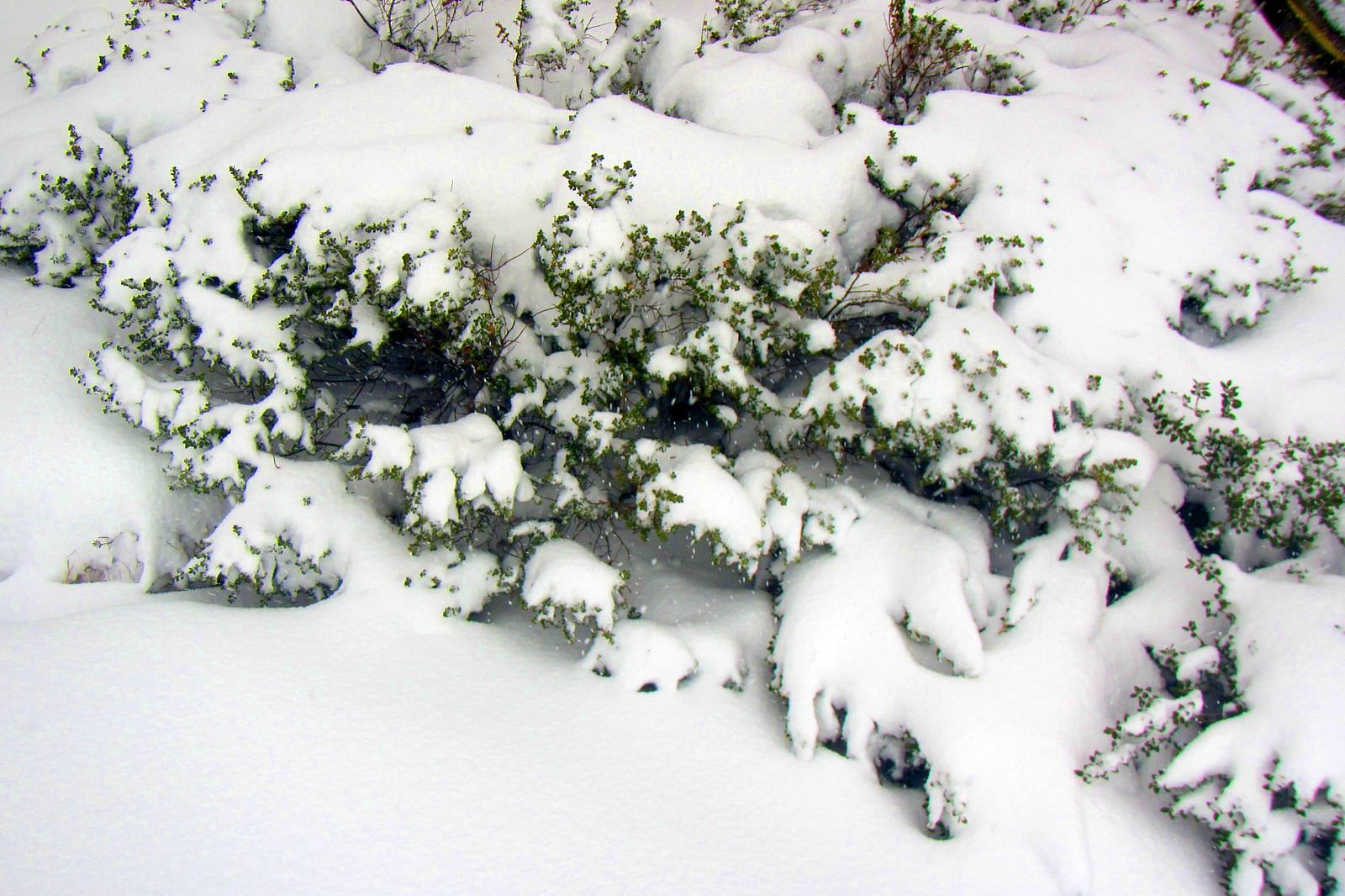When temperatures drop below freezing in Southeast Louisiana, your landscape can take a hit. However, with patience and the right strategies, your garden and plants can bounce back. Here’s a guide to help you care for your lawn, garden, and plants after a hard freeze in the Hammond and Ponchatoula area.
Uncover Plants Once Temperatures Warm Up
If you covered your plants to protect them from the freeze:
- Uncover them when the sun is out and temperatures are above 32°F.
- If the covers are buried in snow, leave them in place. Snow acts as an insulator, keeping plants warmer.
Be careful to avoid overheating covered plants. Vent covers during the day, then secure them again at night if freezing temperatures persist.
Be Patient Before Pruning
It’s tempting to prune plants immediately after a freeze, but waiting a few weeks allows plants to recover naturally.
- Citrus and Woody Plants: Avoid pruning until early February. This gives plants time to seal off damage and prevents exposing them to further cold. Use the “scratch test” to check for life—scratch the bark to see if the cambium layer underneath is green.
- Tropical Plants: For mushy or blackened foliage, gently pull off damaged leaves to prevent rot. Avoid cutting into stems until the plant has had time to show signs of regrowth.
Monitor and Support Your Lawn
Freezing temperatures can damage lawns, but most grasses, including St. Augustine and Centipede, are resilient.
- Avoid walking on frozen grass, as this can cause damage.
- Once temperatures rise, clear debris and monitor for fungal diseases like snow mold.
- Aerate and apply a light layer of compost in spring to encourage recovery.
4. Give Plants Time to Recover
Freeze damage doesn’t always show up immediately. Watch your plants closely over the next several days or weeks:
- Many perennials like hibiscus, lantana, and plumbago may defoliate but will regrow in spring.
- Tropical plants like bananas, gingers, and elephant ears may appear mushy but often regrow from underground rhizomes.
5. Hold Off on Fertilizing
Do not fertilize plants until spring, around mid-to-late February. Fertilizing too early can encourage tender new growth that is vulnerable to frost.
6. Inspect and Prune Large Trees and Palms
Hardy palms (like Phoenix and Chinese Fan) are often fine, while Queen palms may take a hit. Watch for:
- Trunk splitting, oozing sap, or soft spots. These are signs of rot, and affected palms should be removed to prevent hazards.For other trees, remove broken or hanging limbs, but leave minor pruning for later in the season.
7. Don’t Give Up on Fruit Trees
Citrus trees, especially lemons and limes, may drop leaves but usually recover.
- Wait until new growth appears in spring before pruning any damaged branches.
- Blueberries and strawberries may lose blooms but can rebound with proper care.
8. Take Advantage of the Season
Use this time to clean up your garden, mulch beds, and plan for spring planting. Sow cool-weather crops like lettuce, arugula, or leafy greens. Fill gaps with winter-hardy annuals such as pansies, violas, or snapdragons to keep your garden looking vibrant.

9. Bring Hummingbirds and Pollinators Back
Set out hummingbird feeders to support local wildlife while plants recover. If you keep bees, consider feeding them as wild blooms will take a few more weeks to appear.
Final Thoughts
Recovering from a freeze takes time, but most plants in the Hammond and Ponchatoula area are resilient. Be patient, avoid unnecessary pruning, and take this opportunity to refresh your garden for the coming spring. If you have questions about caring for your landscape, the experts at Legacy Landscape Group are here to help!
